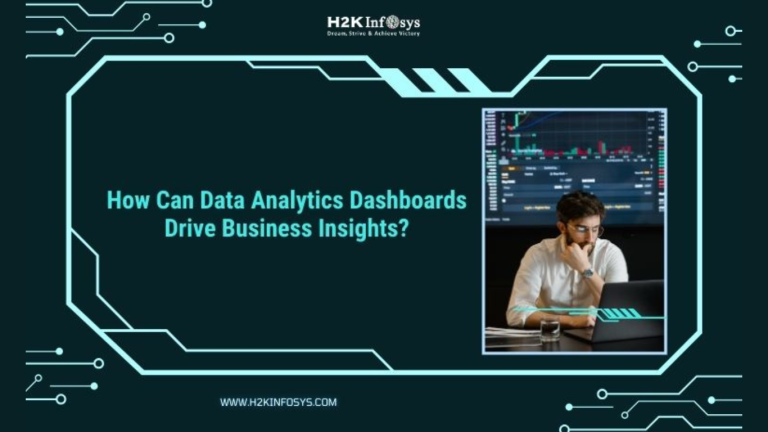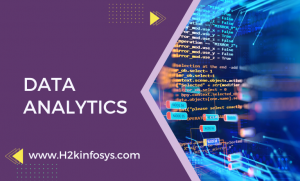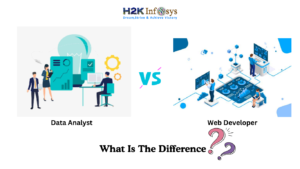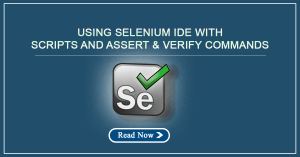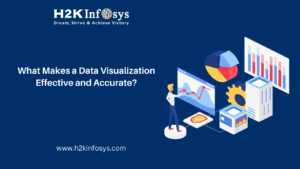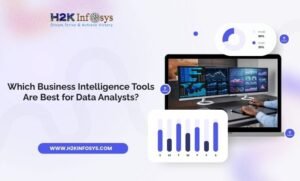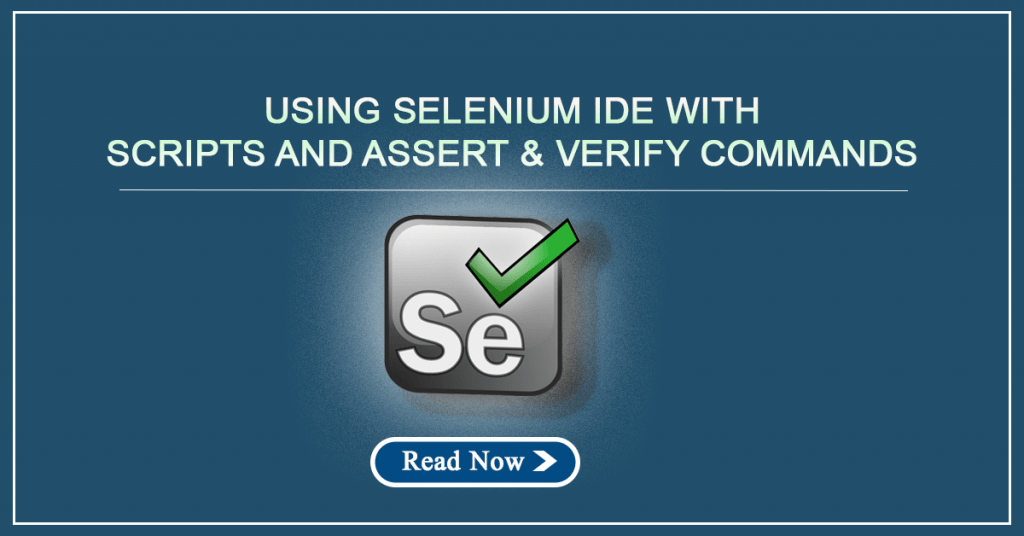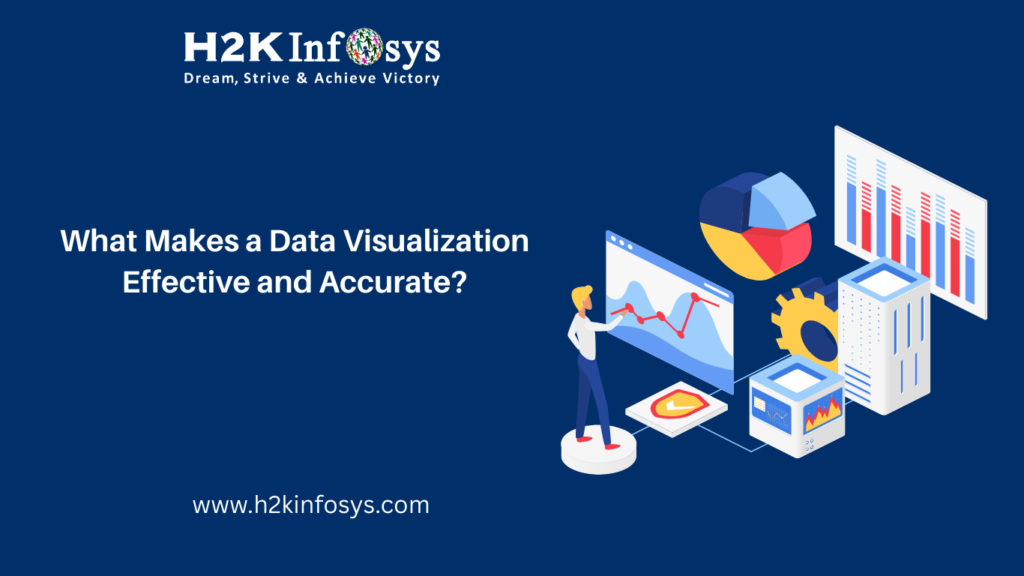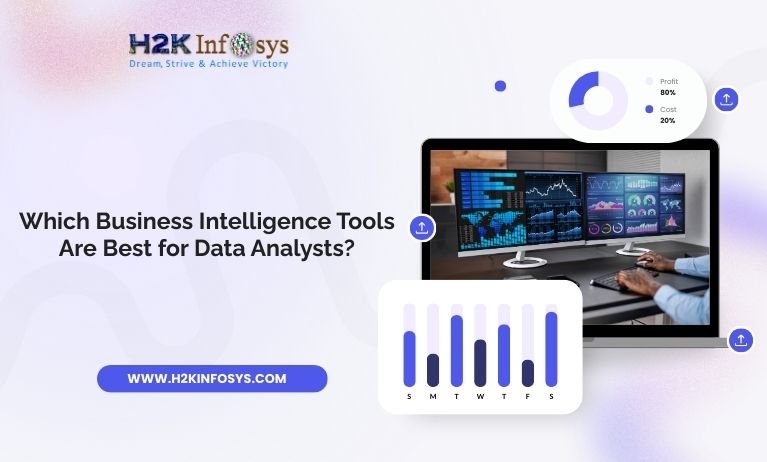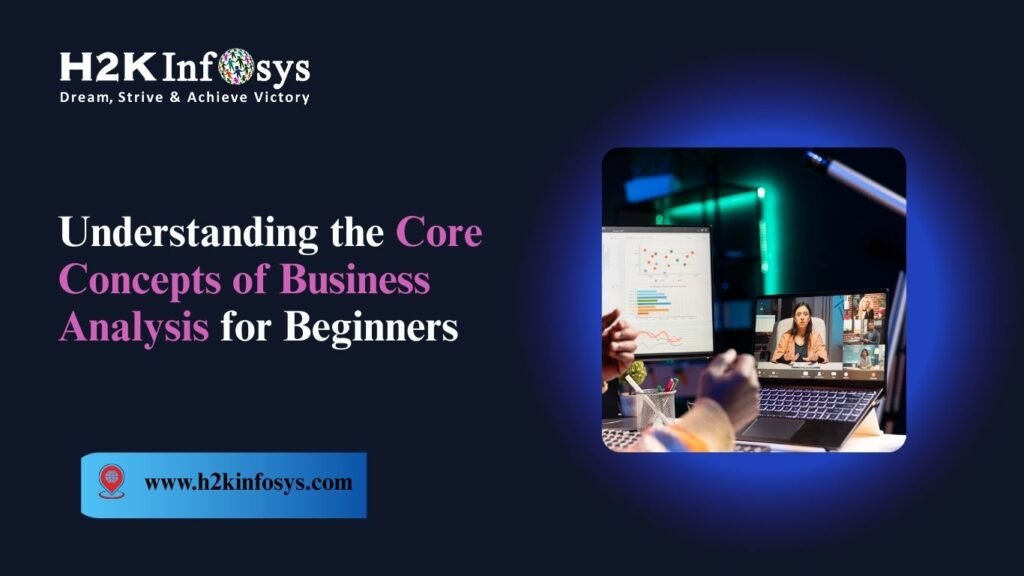Introduction
Every modern business collects massive amounts of data sales figures, website traffic, customer feedback, supply chain metrics, and more. But data alone doesn’t create value. The real power lies in turning that data into clear, actionable insights that drive smarter decisions.
This is where Data Analytics Dashboards become game changers. By transforming raw numbers into visual, interactive, and easy-to-understand summaries, dashboards help decision-makers act faster and with more confidence. Whether you’re a marketing manager tracking campaign performance or a CEO reviewing financial KPIs, dashboards make the difference between guesswork and evidence-based strategy.
If you’re pursuing Data analytics training and placement or exploring certification courses for data analytics, mastering dashboards is one of the most valuable skills you can develop.
What Are Data Analytics Dashboards?
A Data Analytics Dashboard is a visual interface that consolidates and displays key metrics, KPIs, and trends in real-time. Instead of manually sorting through spreadsheets, users see data visualized in charts, graphs, and tables often updated automatically from connected data sources.
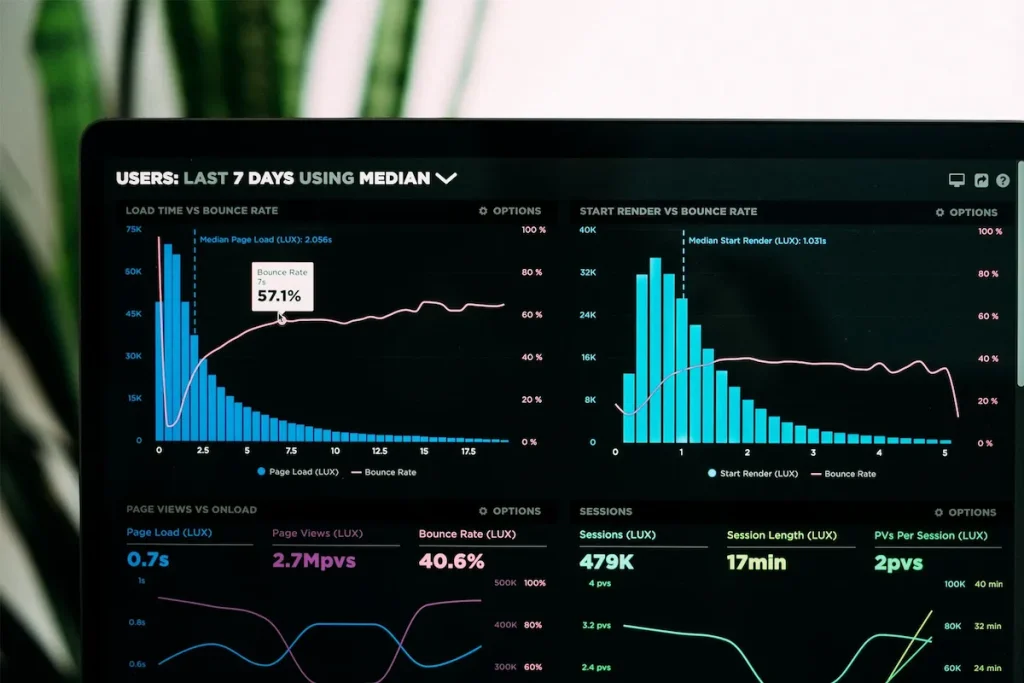
Key features of modern Data Analytics Dashboards:
- Real-time updates from integrated data sources.
- Interactive filters for customized views.
- Drill-down capabilities for detailed analysis.
- Customizable layouts based on department needs.
Example:
A retail company’s sales dashboard might show:
- Total revenue for the month
- Top-selling products
- Sales performance by region
- Inventory alerts for low-stock items
With this view, store managers can react immediately instead of waiting for end-of-month reports.
Why Data Analytics Dashboards Matter for Business Insights
Business insights are valuable conclusions derived from data that guide decision-making. Dashboards help unlock these insights by providing:
Real-Time Decision Making
With live data feeds, leaders can spot issues instantly whether it’s a sudden dip in web traffic or a spike in customer complaints.
Enhanced Data Accessibility
Not every stakeholder is a data scientist. Dashboards make complex analytics easy to understand for everyone, from marketing teams to finance executives.
Performance Tracking
Businesses can track KPIs over time and adjust strategies based on performance trends.
Proactive Problem Solving
Predictive dashboards use historical data to forecast future trends, enabling companies to act before problems escalate.
Stat Insight:
According to a Deloitte report, companies using real-time analytics are five times more likely to make faster decisions than competitors without such tools.
Types of Data Analytics Dashboards
Different business functions require different kinds of dashboards:
| Type | Purpose | Example Metrics |
|---|---|---|
| Operational Dashboards | Monitor daily business activities. | Inventory levels, sales per hour, website uptime. |
| Strategic Dashboards | Long-term performance and business goals. | Quarterly revenue, market share, customer lifetime value. |
| Analytical Dashboards | In-depth analysis for pattern recognition. | Customer segmentation, product performance by region. |
| Tactical Dashboards | Mid-term strategies for teams. | Weekly campaign performance, project deadlines. |
Tip for Learners: In certification courses for data analytics, you’ll often work with all four dashboard types to gain industry-ready skills.
How to Build Effective Data Analytics Dashboards
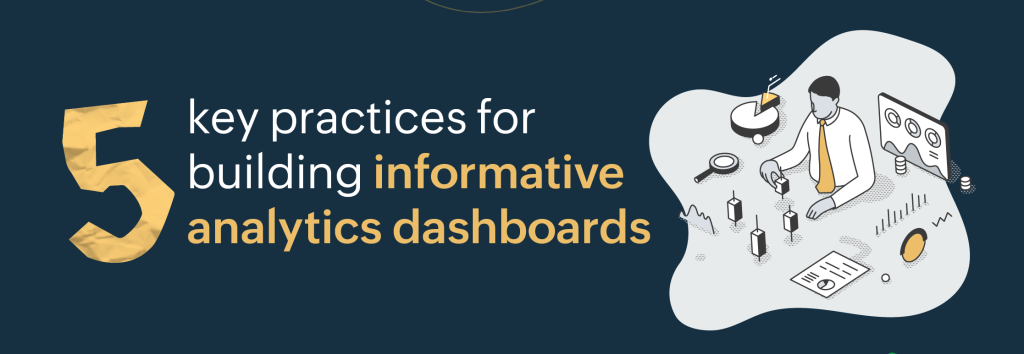
Creating a dashboard isn’t just about adding charts it’s about storytelling with data. Follow these steps:
Step 1: Define Your Objective
- What questions should the dashboard answer?
- Who will use it?
Example: A marketing dashboard for tracking ad ROI vs. a finance dashboard for tracking expenses.
Step 2: Identify Key Metrics (KPIs)
- Avoid clutter by focusing on 5–10 primary KPIs.
- Align KPIs with business goals.
Step 3: Choose the Right Tools
Popular tools include:
- Power BI – Best for Microsoft ecosystem integration.
- Tableau – Highly visual, great for storytelling.
- Google Data Studio – Free and integrates with Google Analytics.
Step 4: Connect Data Sources
Pull data from:
- CRMs like Salesforce
- ERP systems
- Social media analytics
- Databases and APIs
Step 5: Design for Clarity
- Use consistent color schemes.
- Limit chart types to avoid confusion.
- Keep important metrics above the fold.
Real-World Case Studies: Dashboards in Action
Case Study 1: Retail Chain Inventory Optimization
A leading retail brand used a Data Analytics Dashboard to track stock levels across 150 stores. By setting up low-stock alerts, they reduced stockouts by 30% and increased sales revenue.
Case Study 2: SaaS Company Marketing ROI
A SaaS firm integrated its ad data into a marketing dashboard. Real-time ROI tracking allowed the company to cut spending on underperforming ads and reallocate budget to high-performing campaigns boosting ROI by 25%.
Case Study 3: Healthcare Patient Monitoring
Hospitals use dashboards to monitor patient admissions, bed occupancy, and treatment outcomes. This helps optimize staff allocation and improve patient care quality.
Industry-Wise Applications of Data Analytics Dashboards
| Industry | Use Case |
|---|---|
| Retail | Sales trends, inventory alerts |
| Finance | Risk analysis, fraud detection |
| Healthcare | Patient tracking, resource allocation |
| Manufacturing | Production efficiency, defect tracking |
| Marketing | Campaign performance, lead generation |
| Education | Student performance, enrollment trends |
If you’re in data analytics training and placement, understanding industry-specific dashboard use cases makes you more employable.
Benefits of Using Data Analytics Dashboards
- Time Savings: Automates report generation.
- Better Collaboration: Multiple users can view and interact with the same dashboard.
- Reduced Errors: Direct data source integration minimizes manual data entry mistakes.
- Scalability: Can grow with your business needs.
Stat Insight:
Gartner predicts that by 2026, 75% of employees in large enterprises will use dashboards daily to make decisions.
Common Mistakes to Avoid in Dashboard Design
- Overloading with Metrics: Too much data distracts from key insights.
- Poor Data Quality: Garbage in, garbage out—ensure your data is clean.
- Inconsistent Layouts: Makes navigation harder for end-users.
- Lack of Interactivity: Users should be able to filter and drill down for deeper analysis.
Future Trends in Data Analytics Dashboards
- AI-Powered Insights: Automated suggestions based on detected trends.
- Natural Language Queries: Asking dashboards questions in plain English.
- Predictive Analytics Integration: Forecasting future outcomes.
- Mobile-Friendly Dashboards: For decision-making on the go.
How to Learn Data Analytics Dashboards Skills
If you want to design, customize, and analyze dashboards professionally, structured learning is essential.
Skills You’ll Gain in Certification Courses for Data Analytics:
- Data visualization principles
- KPI identification
- Tool-specific dashboard creation (Power BI, Tableau, etc.)
- Real-world business problem-solving with dashboards
H2K Infosys offers hands-on Data analytics training and placement programs where you’ll build dashboards from scratch, analyze real datasets, and work on projects that mirror industry needs.
Key Takeaways
- Data Analytics Dashboards turn raw data into actionable business insights.
- They help businesses track KPIs, identify problems early, and make data-driven decisions.
- Mastering dashboards is a highly employable skill across industries.
- Choosing the right KPIs, tools, and design principles is essential for success.
- Training programs like H2K Infosys’s Data analytics training and placement give you the real-world expertise needed to excel.
Conclusion
Data Analytics Dashboards are no longer optional they are the backbone of agile, insight-driven businesses. If you want to be the person who turns complex data into clear strategies, now is the time to start learning.
Enroll in H2K Infosys’s Data Analytics courses to gain hands-on experience and industry-ready skills that put you ahead in your career.
